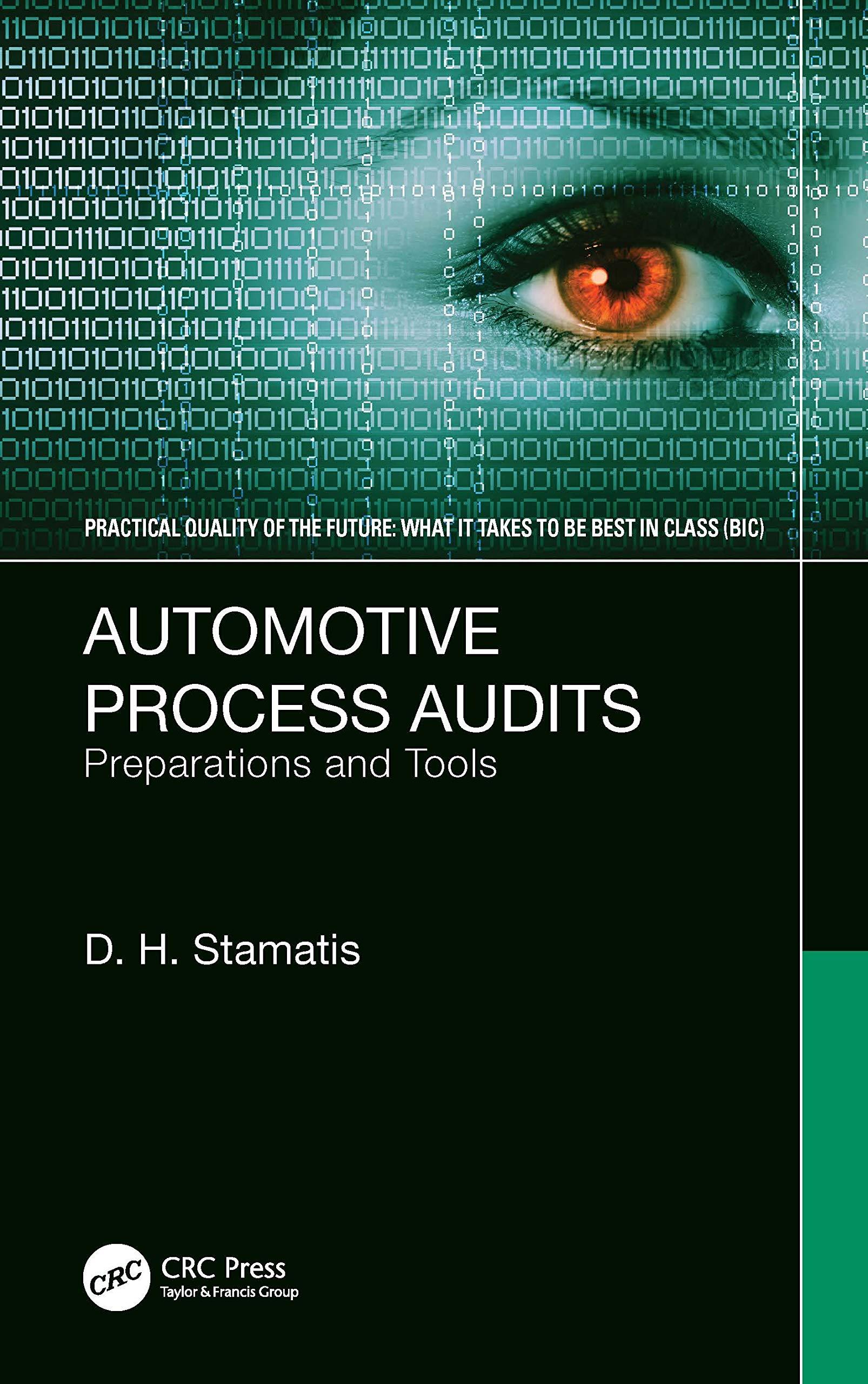






Highlands Company uses the weighted-average method in its process costing system. It processes wood pulp for various manufacturers of paper products. Data relating to tons of pulp processed during June are provided below: Required: 1. Compute the number of tons of pulp completed and transferred out during June. 2. Compute the equivalent units of production for materials and for labor and overhead for June. Complete this question by entering your answers in the tabs below. Compute the number of tons of pulp completed and transferred out during June. Required: 1. Compute the number of tons of pulp completed and transferred out during June. 2. Compute the equivalent units of production for materials and for labor and overhead for June. Complete this question by entering your answers in the tabs below. Compute the equivalent units of production for materials and for labor and overhead for June. Scribners Corporation produces fine papers in three production departments-Pulping, Drying, and Finishing. In the Pulping Department, raw materials such as wood fiber and rag cotton are mechanically and chemically treated to separate their fibers. The result is a thick slurry of fibers. In the Drying Department, the wet fibers transferred from the Pulping Department are laid down on porous webs, pressed to remove excess liquid, and dried in ovens. In the Finishing Department, the dried paper is coated, cut, and spooled onto reels. The company uses the weighted-average method in its process costing system. Data for March for the Drying Department follow: No materials are added in the Drying Department. Pulping cost represents the costs of the wet fibers transferred in from the Pulping Department. Wet fiber is processed in the Drying Department in batches; each unit in the above table is a batch and one batch of wet fibers produces a set amount of dried paper that is passed on to the Finishing Department. Required: 1. Compute the Drying Department's equivalent units of production for pulping and conversion in March. 2. Compute the Drying Department's cost per equivalent unit for pulping and conversion in March. 3. Compute the Drying Department's cost of ending work in process inventory for pulping, conversion, and in total for March. 4. Compute the Drying Department's cost of units transferred out to the Finishing Department for pulping, conversion, and in total in March. 5. Prepare a cost reconciliation report for the Drying Department for March. Complete this question by entering your answers in the tabs below. Compute the Drying Department's equivalent units of production for pulping and conversion in March. Required: 1. Compute the Drying Department's equivalent units of production for pulping and conversion in March. 2. Compute the Drying Department's cost per equivalent unit for pulping and conversion in March. 3. Compute the Drying Department's cost of ending work in process inventory for pulping, conversion, and in total for March. 4. Compute the Drying Department's cost of units transferred out to the Finishing Department for pulping, conversion, and in total in March. 5. Prepare a cost reconciliation report for the Drying Department for March. Complete this question by entering your answers in the tabs below. Compute the Drying Department's cost per equivalent unit for pulping and conversion in March. (Round your answers to 2 decimal places.) Required: 1. Compute the Drying Department's equivalent units of production for pulping and conversion in March. 2. Compute the Drying Department's cost per equivalent unit for pulping and conversion in March. 3. Compute the Drying Department's cost of ending work in process inventory for pulping, conversion, and in total for March. 4. Compute the Drying Department's cost of units transferred out to the Finishing Department for pulping, conversion, and in total in March. 5. Prepare a cost reconciliation report for the Drying Department for March. Complete this question by entering your answers in the tabs below. Compute the Drying Department's cost of ending work in process inventory for pulping, conversion, and in total for March. (Round your intermediate calculations to 2 decimal places.) Required: 1. Compute the Drying Department's equivalent units of production for pulping and conversion in March. 2. Compute the Drying Department's cost per equivalent unit for pulping and conversion in March. 3. Compute the Drying Department's cost of ending work in process inventory for pulping, conversion, and in total for March. 4. Compute the Drying Department's cost of units transferred out to the Finishing Department for pulping, conversion, and in total March. 5. Prepare a cost reconciliation report for the Drying Department for March. Complete this question by entering your answers in the tabs below. Compute the Drying Department's cost of units transferred out to the Finishing Department for pulping, conversion, and in total in March. (Round your intermediate calculations to 2 decimal places.) Required: 1. Compute the Drying Department's equivalent units of production for pulping and conversion in March. 2. Compute the Drying Department's cost per equivalent unit for pulping and conversion in March. 3. Compute the Drying Department's cost of ending work in process inventory for pulping, conversion, and in total for March. 4. Compute the Drying Department's cost of units transferred out to the Finishing Department for pulping, conversion, and in total March. 5. Prepare a cost reconciliation report for the Drying Department for March. Complete this question by entering your answers in the tabs below. Prepare a cost reconciliation report for the Drying Department for March. (Round your intermediate calculations to 2 decimal places.)













